39 Sand In Well Water
Water Well Problems? 7 Well Water Warning Signs How to ... Other causes for sand in water can be that the well screen has become degraded and allows sand or sediment in from the gravel pack around the well screen. Sand can quickly wear out the pump valves and fill up the bottom of the well with sand. In any case, a sudden presence of sand is not a good sign, and troubleshooting is required. How Does Sand and Sediment Enter My Water Well? Construction of a new well: When a new well is drilled, it can temporarily produce sand and sediment in your water. The particles that remain after construction are easily removed by flushing the well, sometimes requiring an extended period of time. In dug wells, this material will give the water a cloudy or muddy appearance.
Driven Sand Point Well Advantages and Disadvantages A sand point well, otherwise known as a Driven Point Well, is a shallow source of water gotten from parts of the ground with a high water table and an area surrounded and filled with sandy soil. This water source is extracted from not more than 25ft below the ground, making it the cheap and easy method for off-gridders.

Sand in well water
Amazon.com: water well sand filter Reusable Whole House Spin Down Sediment Water Filter, Briidea 50 Micron Flushable Prefilter Filtration for City/Well Water, Traps Rust, Sand, 1" MNPT + 3/4" FNPT + 3/4"MNPT, BPA Free. $30.99. My Well Is Pumping Sand. What Might Be the Cause? - Mosman ... Getting sand in a well can cause problems. In addition to being an unpleasant surprise in the water you use at home, it also can harm your well. Sand can wear down your pump and can clog pipes. As a result, it is important to keep sand from being pumped out of your well. There are many different reasons why sand can get into your well water. What To Do When Your Water Well Begins To Pump Sand Or Grit The well casing has grooves that allow water to penetrate the well from the surrounding groundwater and at the same time keep out sand and grit. This is called the well screen. Your submersible well pump is down inside this casing, and over time, the good screen can become degraded or corroded, allowing silt and sands to get into the well and ...
Sand in well water. Well Drilling in Sand - drillyourownwell.com First Technique for sand: WASHING DOWN A WELL SCREEN This technique involves using two pipes at onces. You use a small pipe to wash down a larger pipe. Take a 2.00 inch PVC pipe and a 1.25 inch PVC pipe and cut teeth on the bottom end of both. First let's talk about the 2.00 inch piece. What Causes Sand in Well Water? - Reference Sand in a water well indicates silt and sand filling in the bottom of the well, degradation of the filter screen, too large a pump, or the pump being located too close to the bottom of the well. A well technician is able to help owners find solutions to these problems. Over time, sand and silt infiltrate the well and settle to the bottom. Why is there sand in the bottom of my toilet tank? If sand is visible in the your water or the sand filtration system fills up quickly, you have a problem with the well itself and need to consult a well drilling contractor for a solution. The problem could be that the well is collapsing and filling with sand, or the filter screen is degrading. What causes black sediments in well water? (and How to get ... What causes black sediments in water from a well. Sediments like manganese, sand, silt, grit or rusts are caused by one of the following: low water table, wrongly placed pump, faulty filters. However, mineral deposits can be deposited into water aquifer through a natural process. This occurs when the walls of the aquifer collapse into the water.
Does Your Water Well Pump Sand or Grit? Know the Causes and ... Jul 15, 2020 · Sand or grit pumping from the well water is quite a common problem but it can be caused due to several reasons. The following are some common causes of sand and grit sedimentation in well water. Improper Well Pump Placement: The performance of a good pump depends on its placement, too. If the good pump is installed at a lower location inside ... DIY Sand Point Water Well in a Day - Well WaterBoy Products Basically, a driven well is installed by hammering a sand point and pipe directly into the earth to tap groundwater that may be literally right under your feet. The sand point, a perforated pipe of 24 to 60 inches with a heavy steel point (the water intake), is screened to keep out larger dirt particles. The screen, available in various opening ... 3 FREQUENT CAUSES OF SEDIMENT IN WELL WATER | Acme Plumbing This article takes a closer look at three ways sediment can get into your well water. 1. NEW WELL INSTALLATION. Installing a new well requires contractors to drill deep down through layers of soil and rock and clay in order to reach the naturally-occurring aquifer. This drilling process naturally releases a lot of particles into the water source. Removal of phytotoxins in filter sand used for drinking ... In drinking water treatment systems biological sand filters might therefore remove phytotoxin contaminants such as ptaquiloside, caudatoside, gramine, sparteine, while for other compounds e.g. jacobine N-oxide, senecionine N-oxide further investigations involving more advanced treatment options are needed.
Silica in Water | How to Remove | Earth and Human 2020 Silica is most commonly found on Earth in the form of quartz. It is also a significant component of sand. In fact, after oxygen, silicon is the second most abundant element present on our planet. The chemical composition of silica is SiO2. Silica is a contaminant that is usually found in groundwater or well water. How to Get Rid of Sand in Well Water [Best Methods] Jan 07, 2020 · For residential and commercial land owners that depend on well water for survival, a common enemy is the discovery of sand in the well water. Not only can sand get caught in the pump, but sand clogged inside the water lines and storage tank can lead to multiple problems beyond the reduced taste of the well water. Problems from Sediment in Your Home's Water | EasyWater If you've noticed sand or dirt clogging your faucet aerators, or your home's water and ice is looking a bit dirty or murky, then it's likely you have sediment in your water. While this can be a nuisance to deal with, the greater concern is its impact on your plumbing and water-using appliances. Black Sediment in Well Water and How to Remove Sediments Guide On the other hand, sand in the water may indicate that the well is filled with sand or that the pump is too strong. The dirt in well water can be another issue as well. Also, a pump that is too deep in the well can cause sand in the water. A simple solution for out-of-place pumps is to move the pump to the surface of the black soot in well water.
Water Problems - Get the SAND OUT of your Water! Get the SAND OUT of your Water! Posted on November 8th 2012. If you have sand in your water, you need our Care Free Sand Remover with automatic purge valve! We often have customers tell us that they have sand in their water which is plugging up their pipes and water-using appliances and especially clogging up faucets and washing machine parts.
Potential Well Water Contaminants and Their Impacts | US EPA Water run-off from rainfall or snow-melt can contaminate private wells by washing microorganisms into the well system or seeping underground. Leakage of waste from underground storage tanks and effluent from septic leach fields can reach a water source and result in microorganisms being present in water wells.
Sand in well water - Ask Me Help Desk Pumps, when starting, can stir up a lot os silt and sand. Depending on the pump depth, you may be able to raise the pump 5-10 ft. and still have good water supply. How deep is the well? Changing the pitless adapter shouldn't effect the sand, the adapter is at the top of the well. ma0641. View Public Profile.
10 Best Well Water Sand Filters Reviewed (Updated 2021) It is not uncommon to discover rust, silts, dirt particles, and even sand, lurking in your well water. The usual causes for the occurrence of sediments, such as sand, could be due to the improper development of well water and degraded water casings, among others. The challenge of removing sand can take a toll on homeowners with water wells.
Black Sediment In Well Water: (What It Is and How to Fix It) What Causes Muddy Well Water. As stated before, having black water may not just be from manganese or minerals in your well water. Those black particulates could be silt, or sand, which a prefilter will take care of, and it may just simply be a temporary issue. There are a few reasons why you may be getting sediment or muddy well water: 1.

Borehole Pump Sand-Resistant Deep Well Pump for Sandy Water 3" Submersible Pump Immersion Pump (Impeller Pump 750-8)
Water Well Maintenance and Rehabilitation Increased sand or sediment content in the water (cloudiness) Decreased total well depth The two most common methods to rehabilitate a water well are: chemicals to dissolve the incrusting materials from the well physically cleaning the well
How to Remove Sand From a Water Well | eHow Water supply wells are susceptible to sand and sediment getting into the water that is dispensed into your home. There are many methods for removing sand from a water well, and some options can be more expensive than others depending on whether you have a dug well or a bedrock well.
Treatment for Sand in Well Water | Nation's Pure Water Systems Dirt and Sand in Well Water One of the first issues with sand is properly identifying it as sand. Sand is silicon-dioxide. It is the same sand one will find on most beaches by the ocean. Dirt, soil or even suspended iron particles are often confused with sand or categorized improperly as sand. Water Treatment Solutions

3-Stage Drinking Water Filtration System 3/4" Port With Sediment,Carbon Block,Resin Filter Make Hardness Water To Soft Water
Why Do I Have Sand In My Water? - curriedrilling There are many reasons that could cause sand to appear in your water, here are a few of those reasons: 1. Construction of the Well When a water well is constructed, it is packed with gravel. It is essential to choose the correct size of gravel. The gravel pack serves as a sand filter, so if the gravel is the wrong size, that would cause the sand to enter your water.
Sand In Your Well Water? Here’s Why – And What To Do Sandy water can be the result of improper well pump placement. Pumps are usually installed at least ten to twenty feet above the base of the water well. Yours could be down too low, drawing in sand from the well's bottom. The Water Well Wasn't Properly Developed After a private well is drilled, it needs to go under a process known as development.
What To Do When Your Water Well Begins To Pump Sand Or Grit The well casing has grooves that allow water to penetrate the well from the surrounding groundwater and at the same time keep out sand and grit. This is called the well screen. Your submersible well pump is down inside this casing, and over time, the good screen can become degraded or corroded, allowing silt and sands to get into the well and ...
My Well Is Pumping Sand. What Might Be the Cause? - Mosman ... Getting sand in a well can cause problems. In addition to being an unpleasant surprise in the water you use at home, it also can harm your well. Sand can wear down your pump and can clog pipes. As a result, it is important to keep sand from being pumped out of your well. There are many different reasons why sand can get into your well water.
Amazon.com: water well sand filter Reusable Whole House Spin Down Sediment Water Filter, Briidea 50 Micron Flushable Prefilter Filtration for City/Well Water, Traps Rust, Sand, 1" MNPT + 3/4" FNPT + 3/4"MNPT, BPA Free. $30.99.
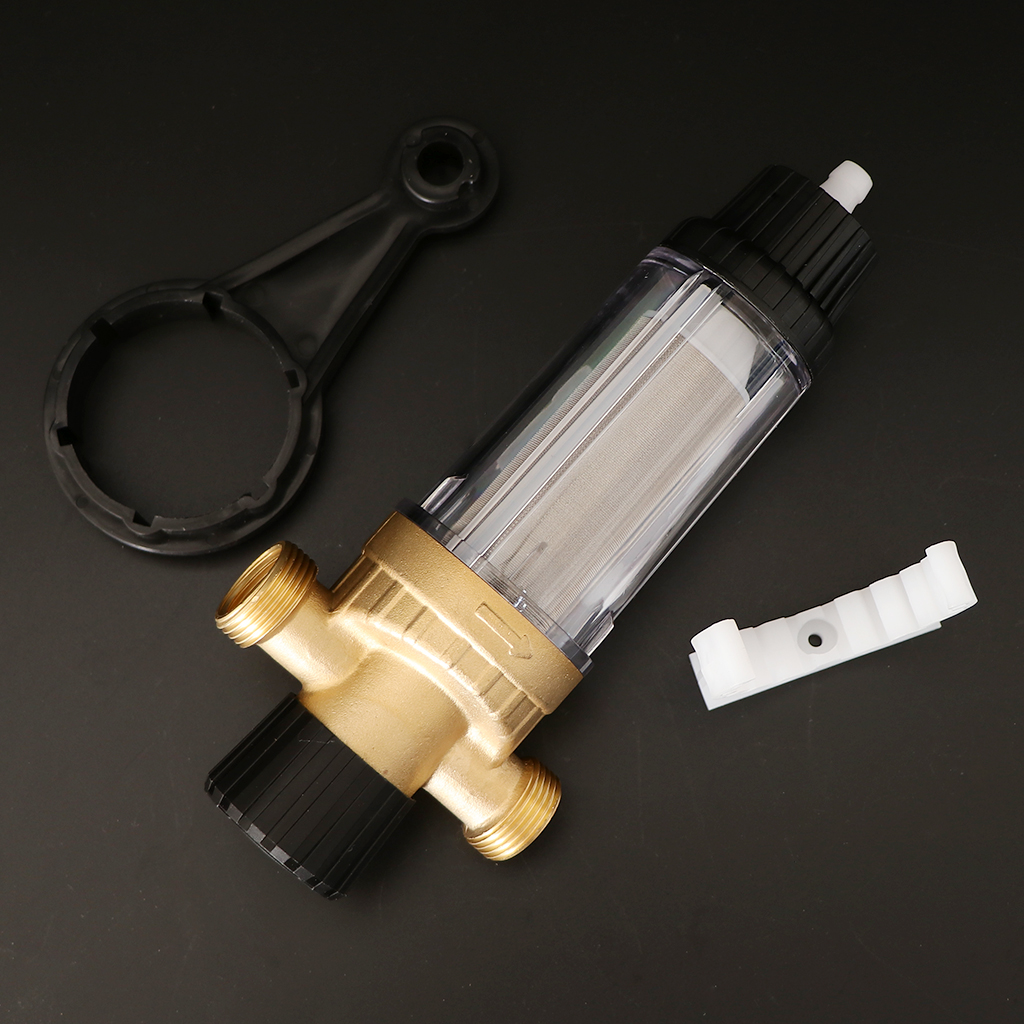

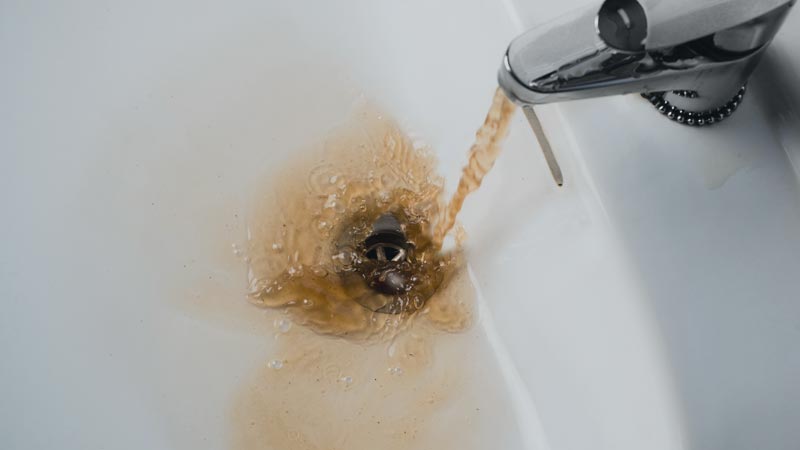


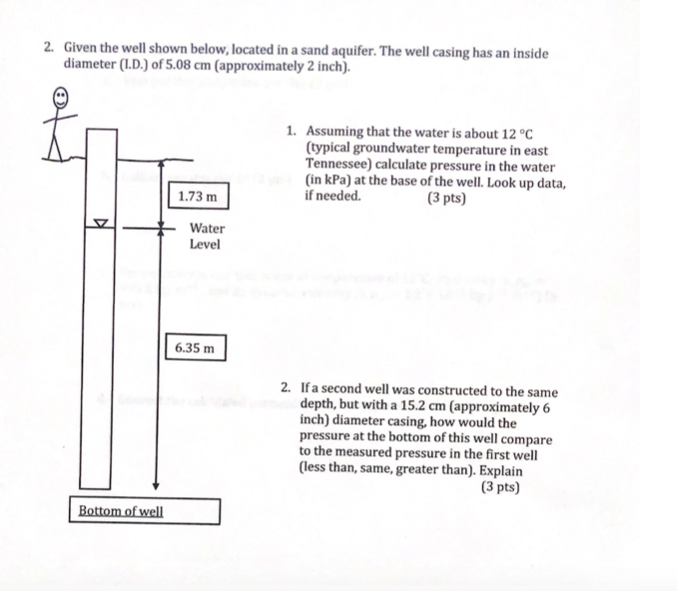








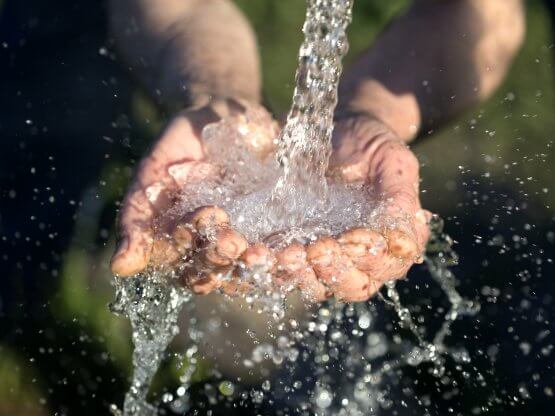


![New Well Pump Dirty Water [Causes & Solutions] - Home Arise](https://homearise.com/wp-content/uploads/2021/09/new-well-pump-dirty-water.jpg?ezimgfmt=ng%3Awebp%2Fngcb24%2Frs%3Adevice%2Frscb24-2)
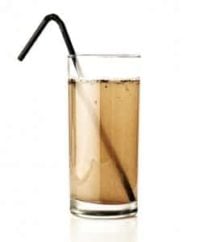




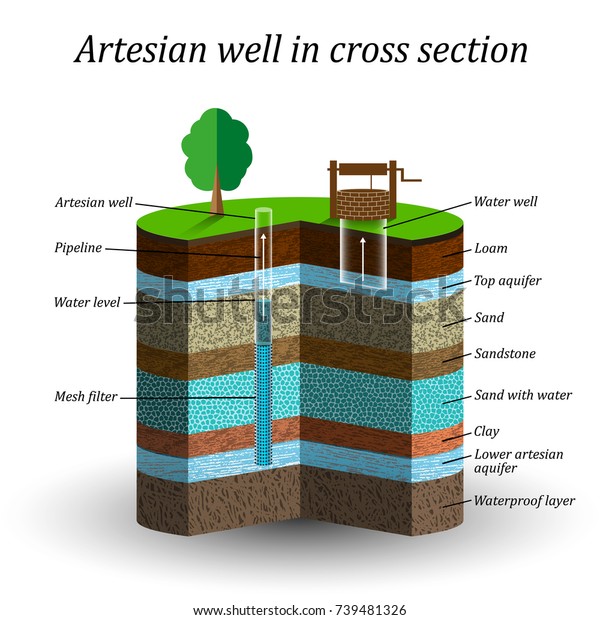

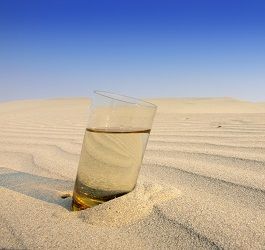
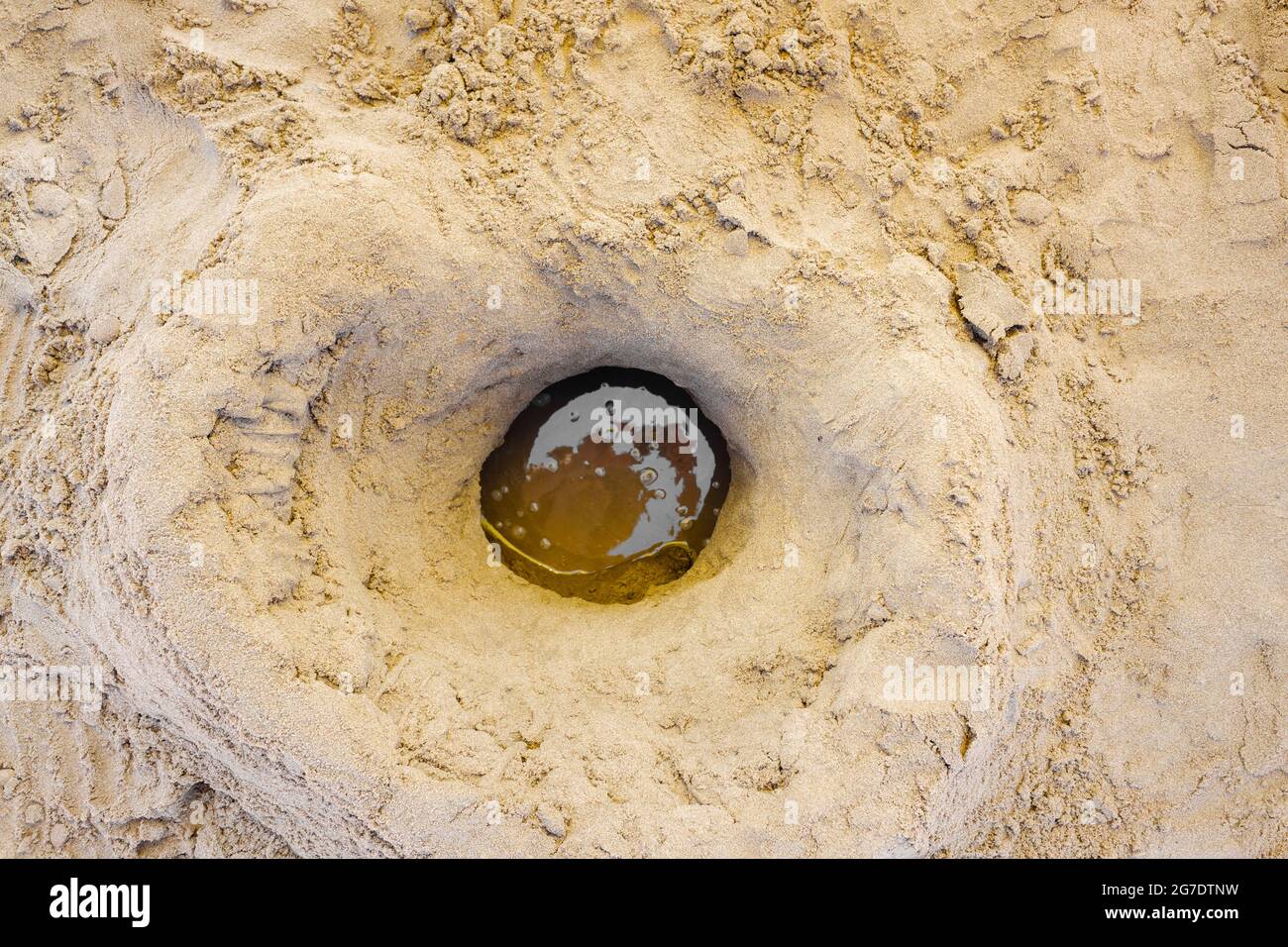


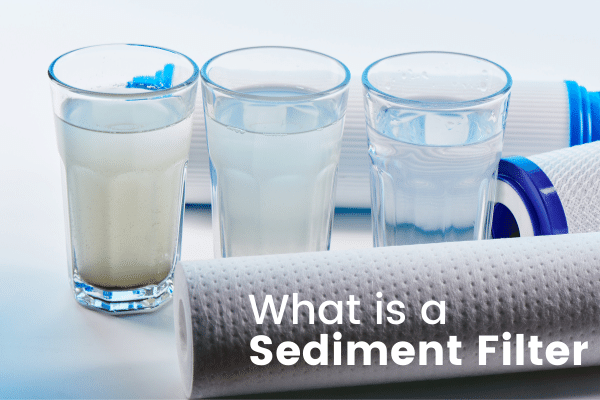
0 Response to "39 Sand In Well Water"
Post a Comment